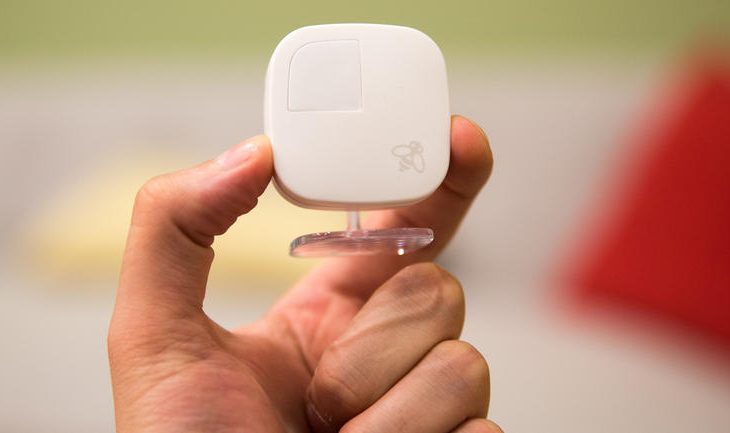Understanding Thermostat Remote Sensors and Their Benefits
A remote sensor is a device designed to enable the thermostat to control room temperature based on the occupancy and temperature levels of the room. These remote sensors coordinate with the thermostat and the heating unit to ensure that only rooms that need heating are heated. This not only makes your home comfortable and energy efficient, but also saves you money.
The normal wireless thermostat works by sensing the temperature of the surrounding areas and adjusting the heating or cooling system accordingly.
This means that all rooms will be heated or cooled depending on the temperature of the location of the temperature regulator. This is indeed inconveniencing, since only the location of the thermostat, say the living room or hallway, will be comfortable.
Different Rooms, Different Cooling Needs
The truth is that not every room in your home has the same heating and cooling requirements. This is where the thermostat with a remote sensor works best.
The remote sensors are placed in different rooms and they’ll send back information to the thermostat about the temperature level and in smart models, whether the room is occupied or not.
A wireless thermostat will, therefore, adjust its heating or cooling pattern to make hot rooms cooler and cold rooms warmer hence keeping the entire home comfortable. The number of wireless remote sensors depends on the number of rooms you have in your home.
The Ecobee3 smart thermostat can support a maximum of 32 sensors which is pretty much the same with many other models including Honeywell smart thermostats and the Nest, which is owned by Google.
By using wireless remote sensors to heat rooms that are only occupied, the thermostat will help you conserve energy and save quite a considerable amount. All the rooms will remain comfortable and even when you can’t make it home, you don’t have to worry about your programmable thermostat rising energy bills by heating an empty home.
Notable Features in Smart Wi-Fi Thermostats With Remote Sensors
Digital thermostats with remote sensors come embedded with a couple of exceptional features to improve efficiency. We will discuss some of them in this article, bringing out the positive as well as negative aspects of each.
One smart feature that the remote temperature sensors add is the ability to note whether a room is occupied or not. If it isn’t, the sensors will automatically stop heating or cooling while when occupied, they will resume their duties instantly.
If you are fond of leaving pets at home, no need to worry about soaring heating and cooling bills. Your Wi-Fi thermostat’s sensors can differentiate between humans and pets, hence won’t heat or cool the room when the latter is left alone at home.
You can also install and use the mobile app of your smart thermostat to know the detections that the sensors have made. You will also get custom notifications informing you of any radical temperature changes and you can act accordingly straight from your mobile device.
By now you should have learned how important these remote sensors are in your bid to make the entire home comfortable and save energy costs. If you like them, you can check out the prices of the new ecobee3 thermostat featuring these remote sensors.
Other Thermostats With Remote Sensors
Apart from ecobee 3, there are other thermostats that support remote sensors. The thermostat will either read the specific temperature at a given region, for instance, the bedroom and use it to control the temperature or do the average of the readings at the remote sensor and on the main thermostat reading.
Your Remote temperature sensor readings include:
Honeywell C7189R1004 Wireless Indoor Sensor
This Honeywell indoor sensor is compatible with ComfortNet thermostats. It runs on two AA alkaline batteries and its discrete looks will fit into most indoor decors.
A LED on the unit indicates when you are low on power while the wireless connection means that you don’t have to bother with cables to get the remote sensor up and running. You can check it out here.
Honeywell C7189U1005 Indoor Remote Temperature Sensor
This Honeywell remote sensor works with TH7000 and TH800 thermostats The only catch is that it is a wired device that runs a 200-foot wire.
While this is more than enough to cover most medium-sized houses or the same range a wireless remote sensor would work in, there is the inconvenience of running the cable and putting it out of look.
Moreover, moving the sensor to another room would be trickier than when using the wireless remote sensors. Check it’s review and thermostat compatibility.
Braeburn BlueLink Wireless Remote Indoor Sensor
This remote sensor is totally wireless and the Braeburn 7390 BlueLink sensor can work in tandem with up to 4 wireless sensors to keep a closer look on bigger homes.
The sensor will either do an average of the temperature readings or use a specific reading from one remote sensor to control your entire heating cooling and ventilation system. You can check it here.
